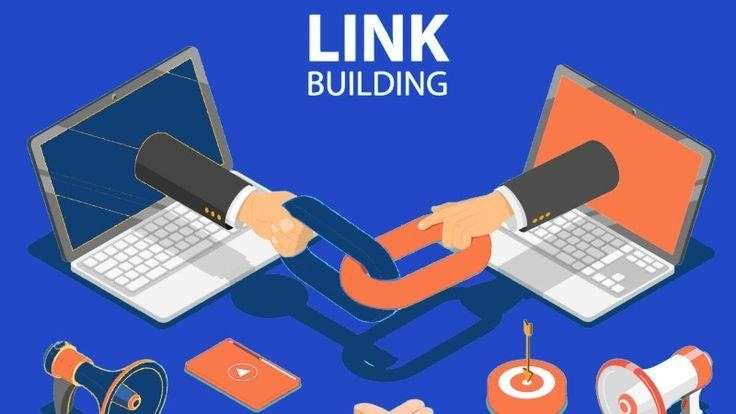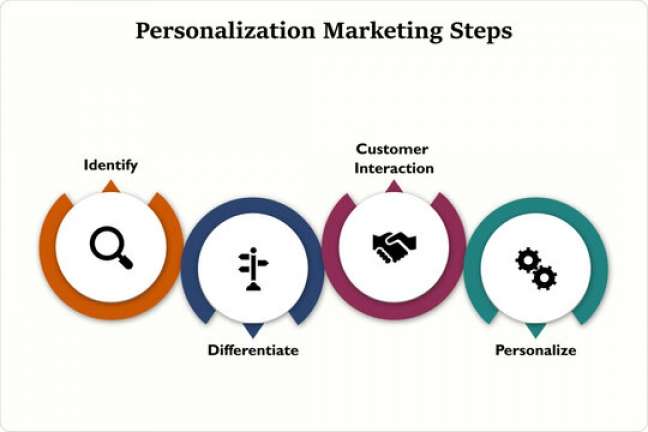Google held about 74.19% of the search engine market in 2019 and within Google, 50% of the traffic is from organic searches.
As Google keeps on constantly modifying and updating its algorithm, you can’t entirely rely on just one strategy. Your SEO strategies need to be catered for both on-page and off-page SEO.
To know all the details regarding on-page and off-page SEO, this article will come in handy. You’ll be given a comprehensive overview and the differences between the two.
So, go through the entire article and familiarize yourself with all the essential Search Engine Optimization approaches to get more traffic to your website.
What’s On-Page SEO?
Here are some of the basic SEO tactics:
- The use of keywords in the page copy and title
- Optimizing your meta description to rank in the SERPs
- The use of alt tags and HTML code
These are the fundamentals of on-page SEO. Therefore, it is safe to say that on-page SEO takes all the measurements to improve the position in your search rankings.
This can be done by making things simple for search engine bots. These bots judge the website’s page and preview what they are clicking through from the SERP.
Moreover, it even considers the overall quality of the content, content structure, and page performance.
Factors:
- Content
Content can be a game-changer! With on-page SEO, you’ll be able to do all the optimization on your keywords, internal linking, and descriptions. This will bring in more traffic to your website.
2. Keywords:
Keyword optimization is still one of the most vital aspects of helping your content reach your desired audience. The primary target is to shift on long-tailed KWs (Keywords) so that they can easily fit today’s search pattern.
It’s essential that we do proper keywords research based on the audience’s search. This will optimize our website content even more.
3. Title Tag
This is the main heading that you see on the search engine result page or the title of a website page. The title tag is essential for on-page SEO factors, and you need to ensure that it’s less than 65 characters.
4. Alt Text
The significant purpose of Alt Text is to enhance accessibility by stating what type of image is being shown to the visitors of the webpage. Moreover, it even improves SEO and also helps search engine crawlers.
5. SSL/ HTTPS
The S in HTTPS means security or secure. When information flows from servers to browsers, there are chances for these data to be manipulated, hacked, or even stolen.
SSL will come in handy, as they create an encrypted connection between two communicating devices, hence protecting any sensitive information.
6. URL Structure
URLs are essential links between your content and visitor. Although, search engines can easily handle long URLs and then refine the entire structure for a better user experience. This can help your webpage to rank.
7. Internal Linking
Internal linking can actually link different pages onto your website. Moreover, this is one of the most important aspects of on-page SEO.
The linking and connectivity of different relevant pages make it easier for search engines to crawl everything. This will encourage visitors to stay longer on your website.
8. Page Performance
While different elements of on-page SEO manage content quality and design, your site’s exhibition is additionally an on-page positioning component.
Pages that require some investment to stack or don’t function admirably on mobiles, can without much of a stretch position lower to SERP.
The principle justification is the clients will in general get disappointed and leave. This can doubtlessly expand the skip rate.
So it’s an essential factor for any marketer to consider the image and file sizes on their web pages, the reduction of redirects, and the minimization of the amount of Javascript/CSS.
What’s Off-Page SEO?
While on-page optimization states those factors that you can control on your site, on the contrary, off-page SEO refers to those kinds of rankings that take place off the website. These can be backlinks from different sites. On top of that, it even includes promotion methods like social media marketing.
Factors:
- Backlinks
Building quality backlinks is essential for off-page SEO. All of the search engines use backlinks to indicate quality content. Therefore, any site with many relevant backlinks will always be better placed to rank higher than sites that have fewer backlinks.
2. Domain Authority
DA, short for Domain Authority, assesses the entire performance and quality of a website. So, if a backlink leads from such a website that has higher DA compared to a website with lower DA, then the lower DA website might be able to get a better ranking.
3. Local SEO
Local SEO plays an essential role in optimizing a web page. Many online review sites can help boost the local SEO because they keep on revolving around your location.
For example, if you are searching for an IT service, it’ll first show those around your area.
Summary of On-Page SEO Vs. Off-Page SEO
So, now that you know how they differ, let’s recap the key points.
On-Page SEO focuses on:
- Meta Description
- Internal linking
- Title tags
- Quality Content
- Keyword Optimization
- SSL/HTTPS
- URL Structure
- Alt text
Off-Page SEO focuses on:
- Backlinks
- Local SEO
- Domain Authority
Although it might seem that off-page SEO has fewer primary focuses compared to On-page SEO, in reality, both play a vital role in optimizing a site.!
Final Words
Both off-page and on-page SEO work together to boost and improve search engine rankings. On-page SEO mainly deals with the optimization of the website that’s within your authority.
On the contrary, off-page SEO commands increased authority over your domain by content generation and then earning backlinks from various other websites.
So, for a website to rank, both on-page and off-page SEO are equally needed!!
















